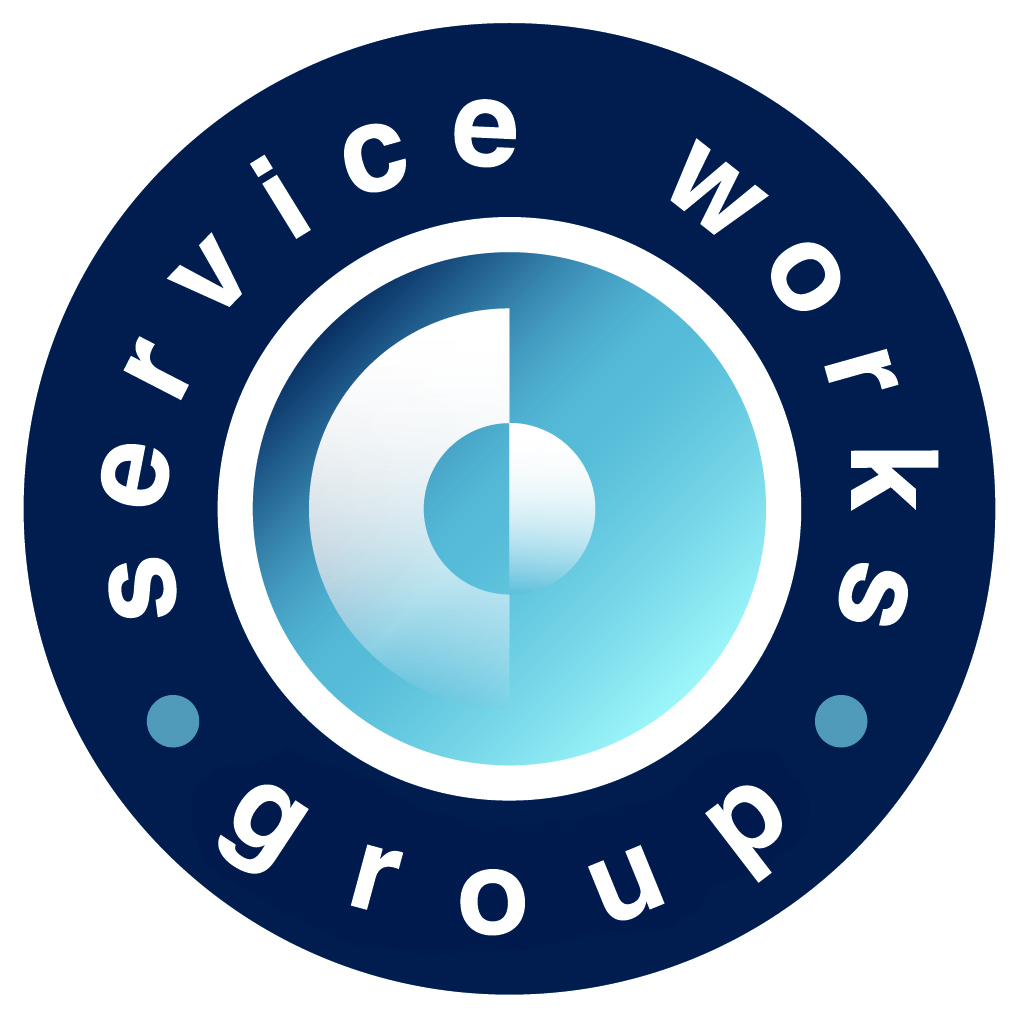Energy accounts for one of if not the largest single source of spend when it comes to managing built assets. From offices and schools to factories, hospitals and many other workplaces in between, keeping on top of energy bills has become a major priority for building managers and owners who are fighting to remain financially secure.
The current energy landscape has not only prompted intervention from some governments in the form of bill subsidies, but also intensified the need for companies to find ways of reducing consumption to save money.
Technology Holds the Key to Lower Energy Bills
Cutting down on what is known as ‘invisible waste’ is a good place to start.
This typically involves bad habits such as needlessly leaving things like printers, computers and heating / air conditioning systems on. A recent report from BRITA found that almost half of business leaders (45%) admit to not switching off this type of electronic equipment overnight, with two in three (65%) not even knowing how much energy they are using.
Fortunately, there is easily accessible technology and software available that can help to enhance energy management.
Computer aided facilities management (CAFM) systems can provide detailed insight into power usage as well as solutions to help reduce it.
Many businesses will already be leveraging this type of software to streamline workloads, as well as drive time and cost efficiencies in relation to asset and maintenance management. This can also fuel energy efficiencies through the creation of optimised cleaning schedules based on when rooms have been used. By cleaning on demand, waste and water consumption can be reduced, fewer cleaning products are needed, and power costs can be shaved because appliances such as vacuum and steam cleaners are not used as often.
The next step is leveraging the capabilities of these solutions to make even greater energy savings.
CAFM software can achieve this by highlighting several small changes that combine to create a substantial impact – indeed, the software is able to monitor energy usage across an entire building or portfolio, providing a detailed picture of the areas where inefficiency can be tackled.
Data is the New Currency in Town
Installing sensors across buildings and integrating them with CAFM systems is one way of unlocking this capability.
Sensors can be used to gather data on key metrics such as room occupancy. By building a picture of how a building is used, strategies around lighting, heating, air conditioning and cleaning can be optimised. An additional step is to synchronise the sensors with room booking software and building management systems (BMS) – this ensures energy is used only when needed.
The information provided by these sensors enables FM teams to act on potential instances of invisible waste, from lights being left on after a meeting room is used, to computers and screens being left on standby.
In terms of implementation, it is important to note that this is not simply a case of flicking a switch. It involves embracing change and new ways of doing things, be it new ways of sharing information, changed cleaning regimes, or many other processes which take place on a daily basis.
But FM teams should not feel overwhelmed by the challenge. Improvements can be made incrementally, for example, initially installing sensors in one area or facility, taking the outputs to drive more energy-efficient maintenance and cleaning regimes for that site. The intelligence that the technology delivers will quickly become apparent, in terms of cost and efficiency savings, and with this information, informed decisions can be made about extending such solutions to wider property portfolio to deliver significant reductions in energy consumption.
Whatever the change, stakeholders need to be communicated with effectively via clear messaging about the CAFM system, how it is used and the benefits it will deliver.
Such a system will only be as effective as the data being fed into it. FM teams need to work closely with system vendors to identify what type of information is needed and how to organise it properly.
By investing in technology that offers FM teams the ability to make energy saving interventions, businesses will be far better placed to absorb some of the pressures caused by spiralling energy costs. In a market where certainty is almost entirely absent, reducing power usage is the most sure-fire way of cutting bills.
To discover more about our CAFM offering, visit our dedicated facilities management software page or get in touch with one of our experts today.
Keep up to date on the latest industry and technology developments: sign up to receive SWI’s blog delivered straight to your inbox:







